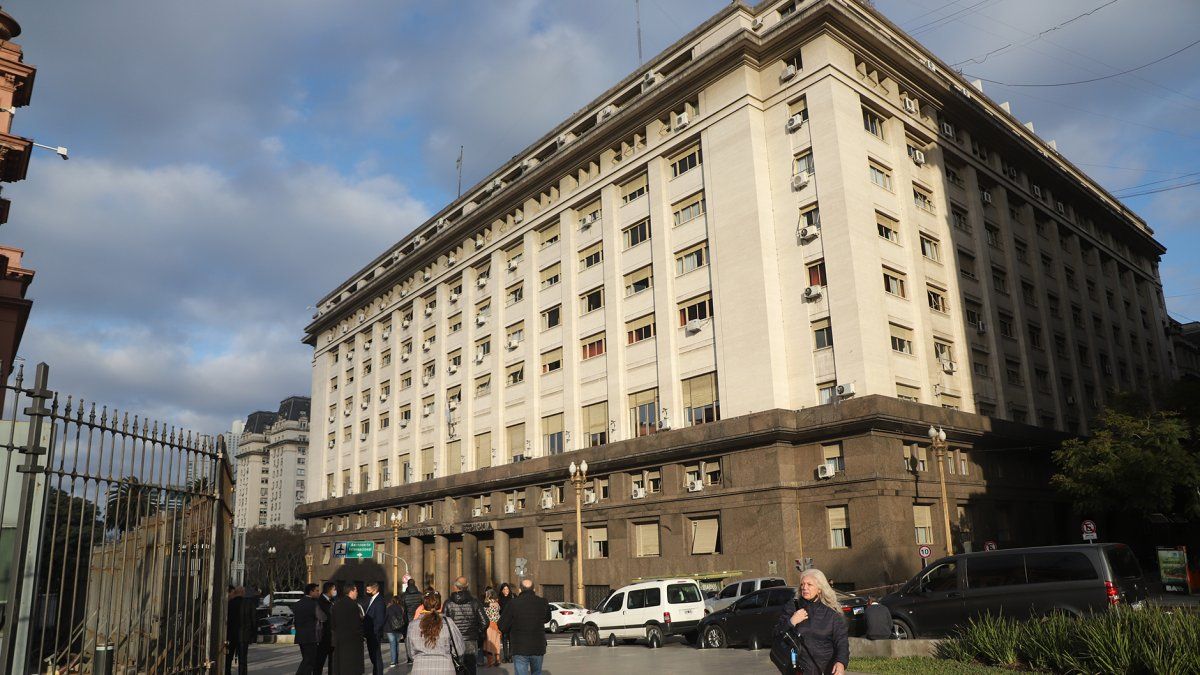About the close of last month, the biggest drop was recorded in the Goods and Services category, with 56% real; Transfers to the Provinces, 31.4%; Economic subsidies, 26.9%; Public Works, 24.5%; Social Programs, 15.3%; Pensions and PAMI, 11.4%, Personnel Expenditure, 6.1%; and Family Allowances and AUH, 3.9%.
In this regard, the economist Iván Carrino pointed out to Ámbito that “expenditure is growing below inflation”, for which the Government’s expenditures in the second semester “are liquefying”. He explained that “high inflation inflated the GDP numbers and therefore it is not impossible for the Government to reach the end of the year to meet the goal with the IMF.” For the economist until September the fiscal deficit was 1.8 of the GDP, while he estimated that this year the red of the accounts grew at an average rate of 0.2 points per month. However, he stated that there is a condition that forces the Government to settle accounts and that is that the market is increasingly reluctant to lend to the public sector. “You have to adjust or adjust. If you don’t have credit, you can’t finance the deficit,” said Carrino.
Eugenio Mari, chief economist of the Fundación Libertad y Progreso, said instead that “throughout the year primary spending has been growing persistently above inflation” but maintains that “for October there would be some relief, more than anything by efforts of the private sector, since the announced and then postponed removal of subsidies to public services would have entered into force. “This item represents almost 20% of primary spending, so its reduction would help moderate the rise in spending in the last quarter and meet the fiscal deficit goal with the IMF,” said Marí.
For the Sarandí consulting firm, led by the economist Sergio Chouza, the adjustment being carried out by the Palacio de Hacienda has to do with the growing difficulties that the Treasury is having to “roll” debt in pesos and stretch terms beyond 2023. “The Ministry of Economy seems to be seeing that the way out of the labyrinth is to exceed the fiscal objective for next year, reducing financing needs,” says the consultant in its latest report. The report considers that “there is an evident risk of refinancing that is enhanced by the political context” for which it considers that “the Government in its last months of mandate must exaggerate prudence and seek bridges with the opposition to anchor expectations, minimizing the risk of a new bullfight”.
Meanwhile, according to the fund manager MegaQm, the dynamics of primary spending has changed dramatically in recent months. “While in the first semester it grew at a rate of 11.5% year-on-year in real terms, it is now 3.6% below the level of the third quarter of 2021 and in the specific case of September, the decline was 2.3% real, ”he says in a report. For the administrator, the most significant adjustment “has occurred in the subsidy section, which fell 11.5% year-on-year in the quarter and 16.2% year-on-year in September.” According to their estimates, in the first nine months of the year primary spending continues to show a real increase of 6%, which implies that between July and September expenditures have already fallen 5 points. MegaQm maintains that the fiscal deficit accumulated until the ninth month is 2.2% of GDP, which implies that the government had only a margin of 0.3 points left at that time.
Source: Ambito
David William is a talented author who has made a name for himself in the world of writing. He is a professional author who writes on a wide range of topics, from general interest to opinion news. David is currently working as a writer at 24 hours worlds where he brings his unique perspective and in-depth research to his articles, making them both informative and engaging.




